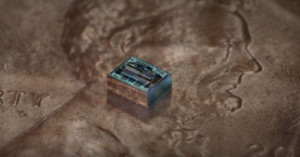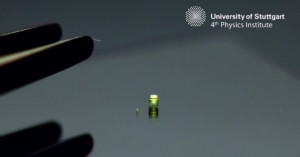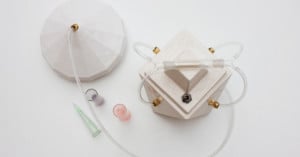
Insta360 Go 3 Review: Not the Best Looking, Maybe the Most Fun
In its third iteration, the Insta360 Go 3 continues to hone in on what makes this series of action cameras so attractive.

In its third iteration, the Insta360 Go 3 continues to hone in on what makes this series of action cameras so attractive.

The brainiacs at Caltech have produced something really cool: an imaging chip that produces an image from light sensors... without lenses. It's a chip that could be the birth of the future of photography.

Arriving in Kyoto, I am holding onto Fujifilm’s X-T20 pre-production unit #48. I’ve had it for 3 months now and, to be honest, it competes for attention with the other cameras in my dry-box, all of them waiting for their turns to come out and play.

For as long as I’ve been photographing, I’ve always had a soft spot for gear and the technical side of photography. In the beginning, I was obsessed with getting the best camera I could afford, which, ironically, was a refurbished entry-level Nikon DSLR—not exactly the pinnacle of camera technology at the time.

Today in interesting scientific breakthroughs, researchers at a university in Germany have managed to 3D-print a three-lens camera the size of a grain of salt. A camera so small it can be injected using a standard syringe.

For most of us, a simple photography can remind us of a time and place, and has really served as the de facto method of capturing a moment. From personal memories to iconic events -- there's a photograph to remind us.
Designer Amy Radcliffe has a different method of capturing a moment, however. It's a 'camera' that captures smell, not pictures. Radcliffe is working on the project at Central Saint Martins, an art school in London.

Way back in the day, when the first mirrorless cameras were released, I was on them like white on rice. I desperately wanted to love, well, any of them: the Sigma DP-1, Panasonic G1, Olympus E-P1, Leica X-1, and more all passed through my hands. Many people loved having a small camera that delivered high image quality. I loved that idea, too, but I didn’t love those first cameras because of what they couldn’t do. They couldn’t shoot high ISO. There weren’t many lenses. Autofocus times reminded me of loading pages on dial-up Internet connections. But at the time (way back in 2009) I thought this was the future of consumer imaging. I predicted that by their third generation, mirrorless cameras would eventually take over the intro-level SLR slot.